
Services > Lawn Aeration
Lawn Aeration
Aeration is a means of creating air channels within soil, allowing for easier movement of water, roots, and nutrients. Often overlooked, aeration is a valuable tool in maintaining a healthy lawn. If your soil is compacted, it is difficult for water to infiltrate into the soil and for roots to grow in the soil. This stresses turf and makes nutrient loss and erosion through runoff more likely. By aerating a lawn, you help to reduce compaction, improve water infiltration, and improve grass growth.
Combining core aeration with overseeding is a great way to rejuvenate a tired, worn-out lawn. The aeration process creates open spaces in the soil, providing the perfect environment for new grass seed to take root. This can help improve your lawn’s density and color, making it look better than ever.
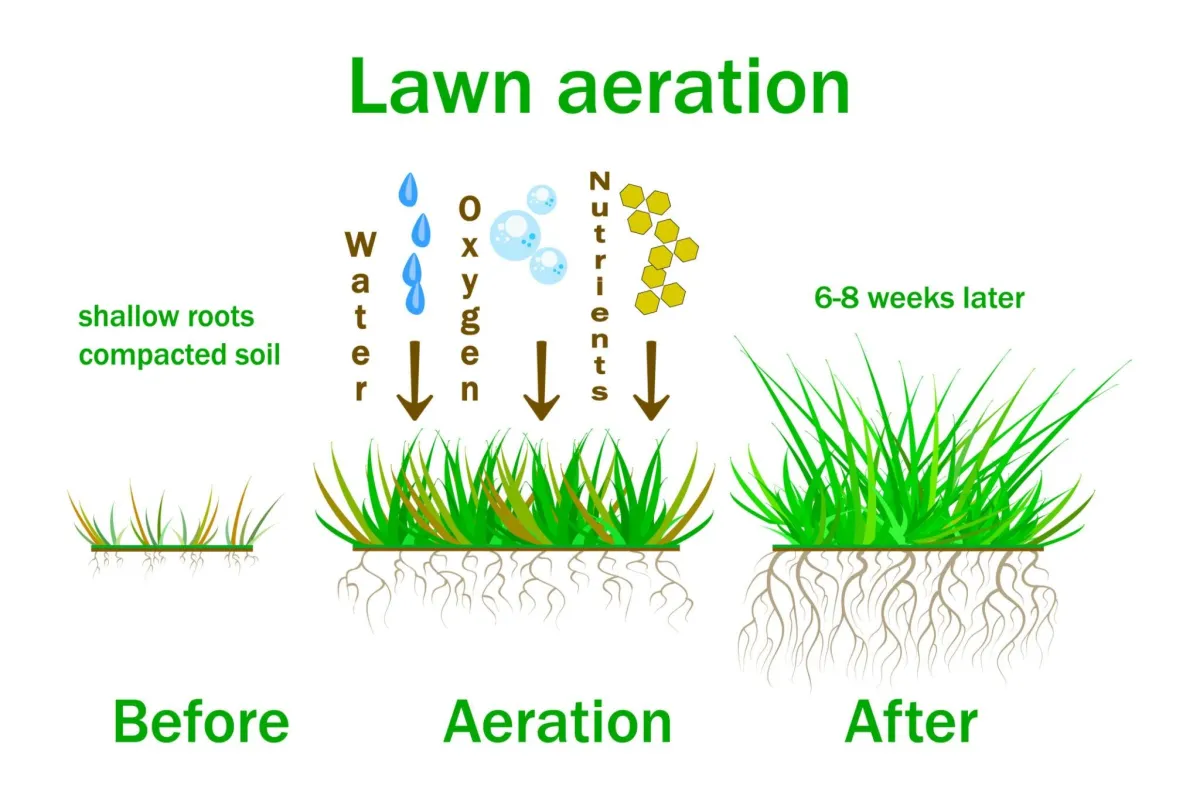
Why Aerate Your Lawn?
Core aeration is a lawn care practice that involves perforating the soil with small holes to allow air, water, and nutrients to penetrate the grass roots. This helps the roots grow deeply, resulting in a stronger, more vigorous lawn. The primary reason to perform core aeration is to alleviate soil compaction, which can prevent the proper circulation of air, water, and nutrients within the soil.
Soil compaction occurs when the soil particles are pressed together, reducing the pore space between them. This can be caused by heavy foot traffic or the use of heavy equipment. Compacted soil makes it difficult for grass roots to expand and for water, air, and nutrients to penetrate the soil. In fact, studies show that compacted soil can reduce grass root development by 50-75% (Source: University of Illinois Extension). Core aeration helps alleviate this compaction, creating channels through which these vital elements can reach the grass roots.
By alleviating soil compaction and reducing thatch, core aeration creates a better environment for grass roots. The process allows roots to grow deeper and stronger, making the grass more resistant to drought and disease. Moreover, core aeration enhances the effectiveness of fertilizers and other lawn treatments by allowing them to reach the root zone more easily. Research from the University of Minnesota Extension shows that aerated lawns can absorb up to 50% more water and nutrients than non-aerated lawns.
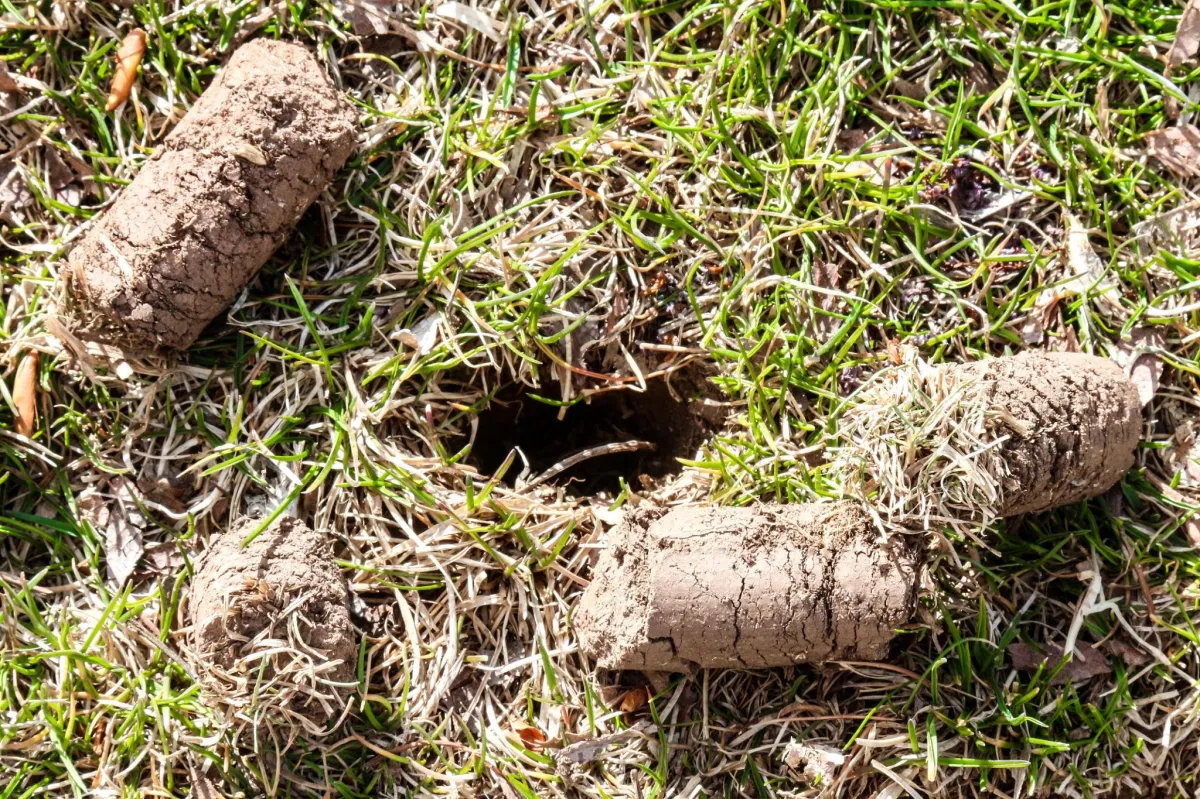
Best time for Lawn Aeration
The timing of core aeration is crucial for achieving optimal results. The best time to aerate your lawn is during the growing season, when the grass can heal and fill in any open areas after soil plugs are removed. For cool-season grasses, this typically means early spring or fall. For warm-season grasses, late spring and early summer are the best times for aeration.
Remember, a well-aerated lawn is a happy lawn. If you’re looking for professional lawn care services, including core aeration, click the button below and receive a free and prompt estimate when you fill out our form.

Services > Lawn Aeration

Lawn Aeration
Aeration is a means of creating air channels within soil, allowing for easier movement of water, roots, and nutrients. Often overlooked, aeration is a valuable tool in maintaining a healthy lawn. If your soil is compacted, it is difficult for water to infiltrate into the soil and for roots to grow in the soil. This stresses turf and makes nutrient loss and erosion through runoff more likely. By aerating a lawn, you help to reduce compaction, improve water infiltration, and improve grass growth.
Combining core aeration with overseeding is a great way to rejuvenate a tired, worn-out lawn. The aeration process creates open spaces in the soil, providing the perfect environment for new grass seed to take root. This can help improve your lawn’s density and color, making it look better than ever.
Why Aerate Your Lawn?
Core aeration is a lawn care practice that involves perforating the soil with small holes to allow air, water, and nutrients to penetrate the grass roots. This helps the roots grow deeply, resulting in a stronger, more vigorous lawn. The primary reason to perform core aeration is to alleviate soil compaction, which can prevent the proper circulation of air, water, and nutrients within the soil.
Soil compaction occurs when the soil particles are pressed together, reducing the pore space between them. This can be caused by heavy foot traffic or the use of heavy equipment. Compacted soil makes it difficult for grass roots to expand and for water, air, and nutrients to penetrate the soil. In fact, studies show that compacted soil can reduce grass root development by 50-75% (Source: University of Illinois Extension). Core aeration helps alleviate this compaction, creating channels through which these vital elements can reach the grass roots.
By alleviating soil compaction and reducing thatch, core aeration creates a better environment for grass roots. The process allows roots to grow deeper and stronger, making the grass more resistant to drought and disease. Moreover, core aeration enhances the effectiveness of fertilizers and other lawn treatments by allowing them to reach the root zone more easily. Research from the University of Minnesota Extension shows that aerated lawns can absorb up to 50% more water and nutrients than non-aerated lawns.
Best Time For

The timing of core aeration is crucial for achieving optimal results. The best time to aerate your lawn is during the growing season, when the grass can heal and fill in any open areas after soil plugs are removed. For cool-season grasses, this typically means early spring or fall. For warm-season grasses, late spring and early summer are the best times for aeration.
Remember, a well-aerated lawn is a happy lawn. If you’re looking for professional lawn care services, including core aeration, click the button below and receive a free and prompt estimate when you fill out our form.
Recent Mulch Installation
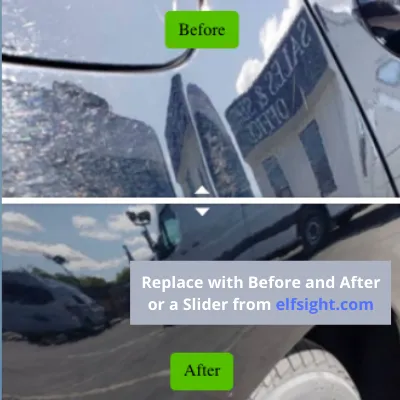
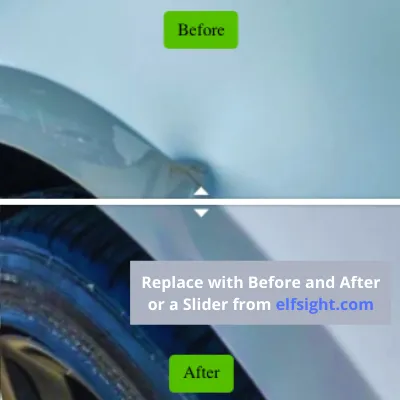
Recent Mulch Installation




Our Process For
Mulch Installation
Step 1 : Take Pictures of Current project
When preparing to speak our representative. Please be prepared with showing the pictures of your current project. If you have have ideas in mind for your design, please share with us.
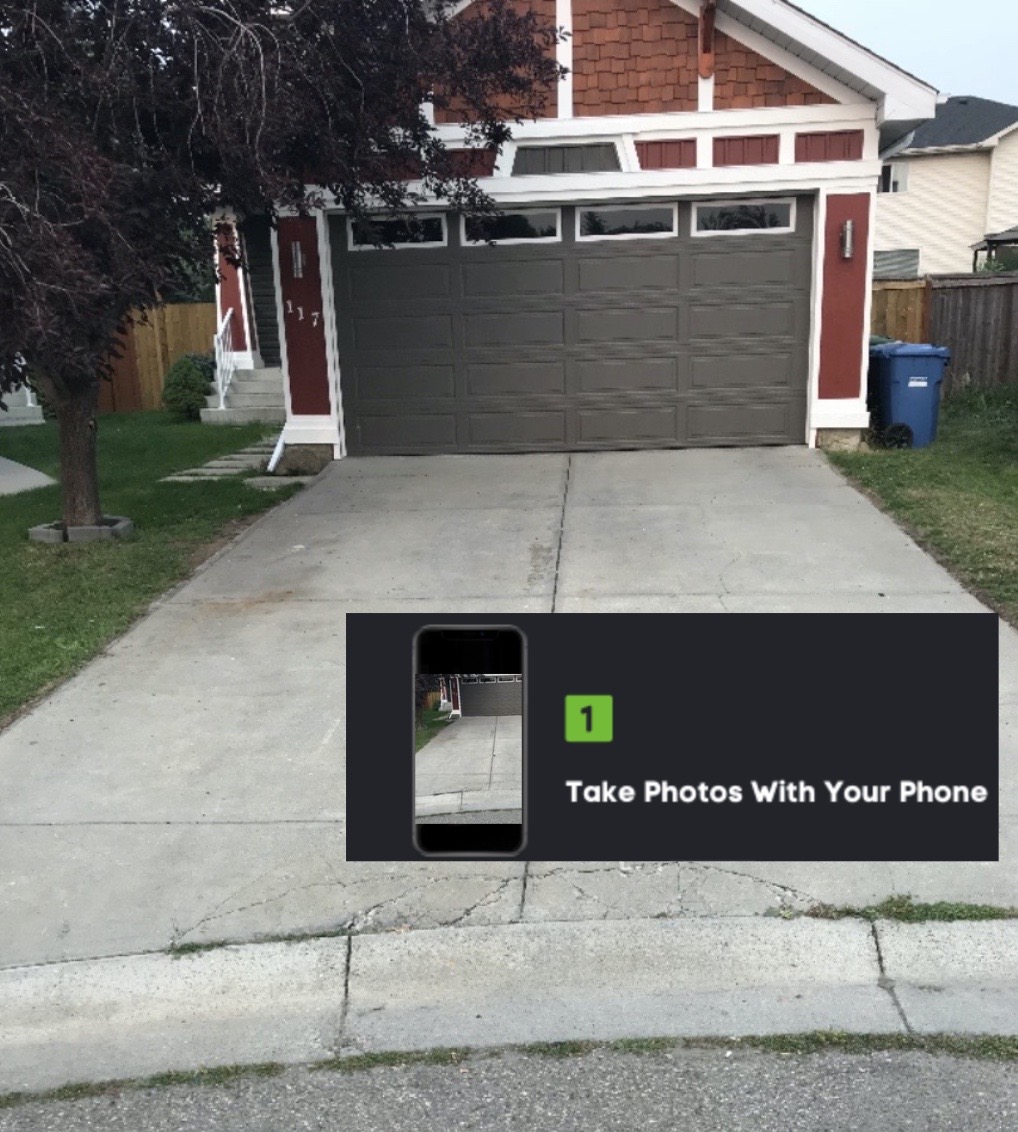

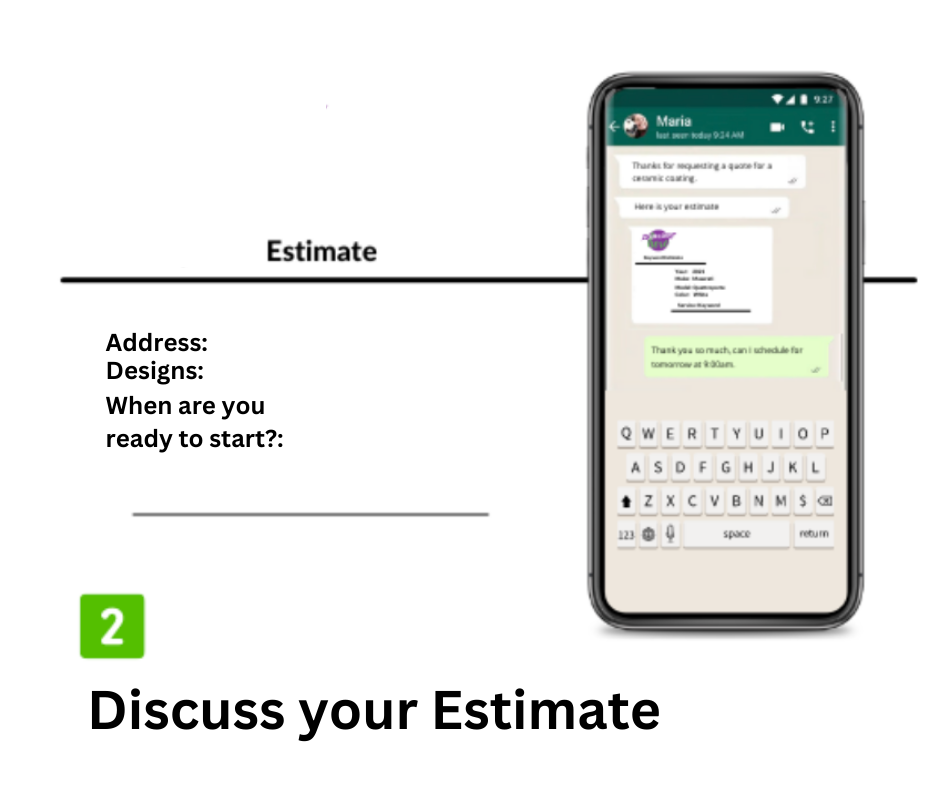
Step 2: Fill out a Form
Filling out a form will allow us to be in touch with you soon. to get your estimation in motion. If you can fill us in a bit about yourself, your project, and your desired start date. This will allow us to prioritize getting you in the calendar.

Schedule Your Jesse's Landscaping Appointment
Lets put it in the calendar and get your estimate in motion. Time to start designing.
We can't wait to building something together with you.

Our Process For Mulch Installation
Step 1 : Take Pictures of Current project

When preparing to speak our representative. Please be prepared with showing the pictures of your current project. If you have have ideas in mind for your design, please share with us.

Step 2: Fill out a Form

Filling out a form will allow us to be in touch with you soon. to get your estimation in motion. If you can fill us in a bit about yourself, your project, and your desired start date. This will allow us to prioritize getting you in the calendar.

Schedule Your Jesse's Landscaping Appointment

Lets put it in the calendar and get your estimate in motion. Time to start designing.
We can't wait to building something together with you.
Other Jesse's Landscaping Services
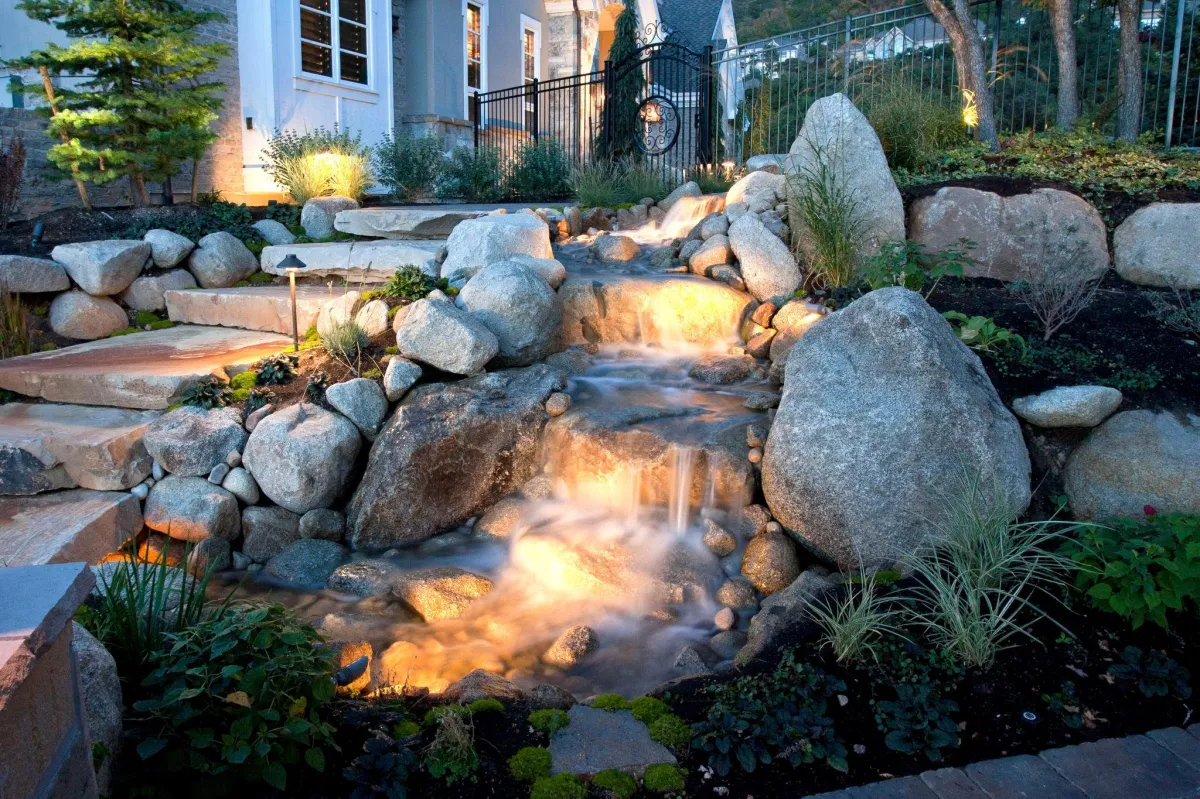
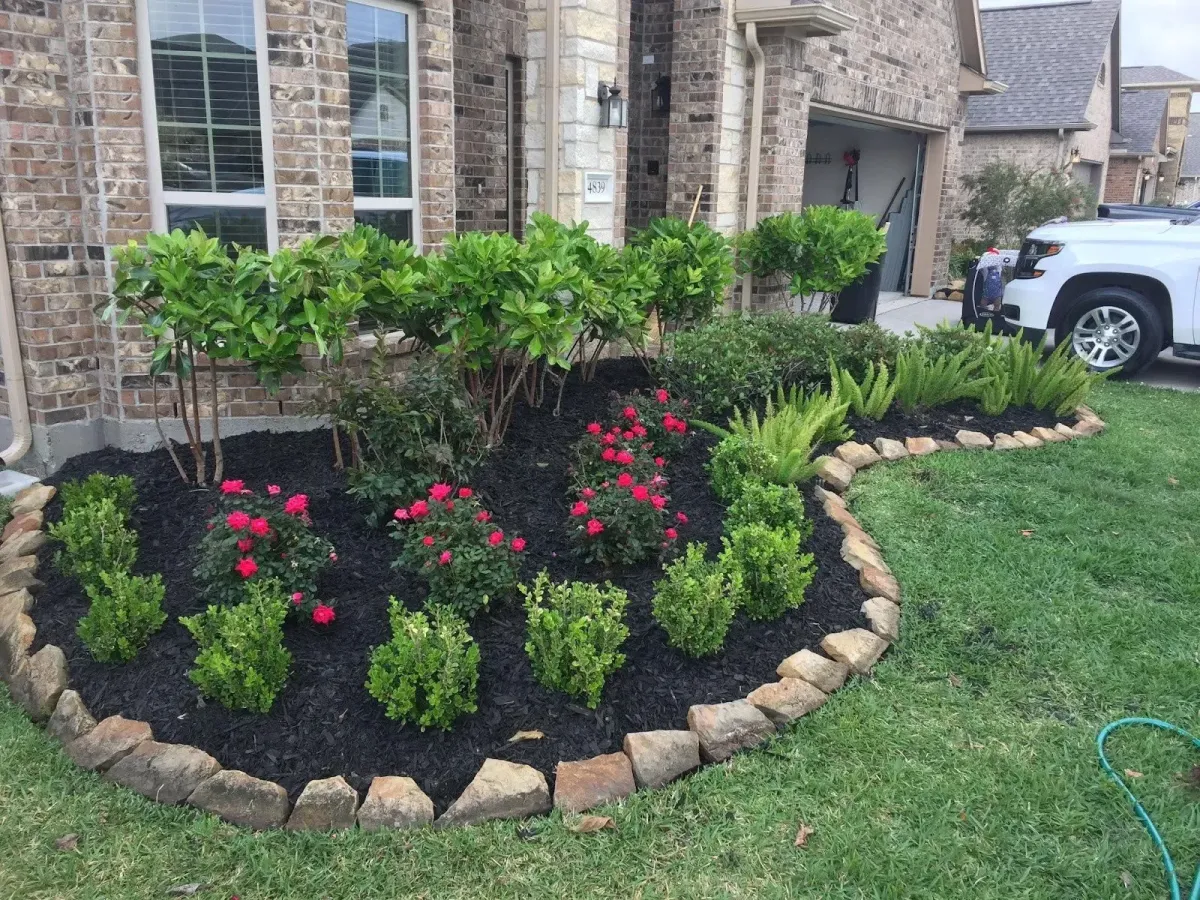

Things to Know About
Lawn Aeration
Is there a reason not to Aerate?
A lawn that is not exposed to soil compacting events will likely grow well and may not need aerification. Winter freezing and thawing cycles and earthworm activity can help loosen slightly compacted soils. If the lawn has a thatch layer in excess of 1/2 inch, then core cultivation can be used as a preventative approach to control excess thatch build up. Newly seeded or sodded lawns should not be aerated in the first year.
How to prepare for Aeration
In the weeks leading up to your aeration and seeding, you will want your lawn cut at the lowest setting each time. Make sure you get all the dead thatch up and out of your lawn. The less thatch you have, the higher efficiency of seed germination.
Mowing and raking will help pick up any dead thatch that has accumulated and hopefully clear out any dead spots. Doing this prevents extra thatch from being left over on your grass.
Remember: Excess thatch will prohibit seeds from germinating effectively.
PLEASE take the time to walk through your lawn and mark buried objects so that our tech can see them. Aeration machines are powerful and have the potential to damage objects that are underground. Here are a few examples of objects you should mark–
Sprinkler heads
Irrigation system lines
Invisible dog fences
Hoses
Cables
Wires
Pipes
Any underground or hard-to-see item less than 6 inches below the surface of your lawn can potentially be damaged if our aerator machine runs over them.
You will want to keep your soil moist before your scheduled aeration and seeding appointment, so the aeration machines will be able to pull cores out of the soil more efficiently and effectively.
If the soil is too hard, the aerators will not pull cores correctly and, in some cases, can bounce across the lawn without pulling any core plugs. However, be careful not to overwater because a soggy lawn will also cause problems, and the aerators can sink. Ensure your sprinkler system is working and set your timer to 3 times a day for approximately 10 minutes per zone. This type of watering is only for seed germination. The goal is to keep the seed moist. Change your watering schedule after seed germination - approx 2 to 3 Weeks.
What to do after Aeration
After the aeration is complete, let soil plugs or extra soil dry where they fall. They'll break down in rain or crumble the next time the lawn is mowed, adding beneficial soil and organic matter to your lawn surface. Right after aeration is a perfect time to overseed with premium seed and, fertilize your lawn or do simple lawn repairs.
Seeds and nutrients have direct contact with soil through the openings your aerator created and roots have fresh pathways for the things they need. The combination can help put your lawn on the fast track for quick seed establishment and thicker, lusher growth.
Contact Us
Service Hours
Mon-Fri 8am- 5pm
Sat-Sun Closed except for appointments
Other Jesse's Landscaping Services

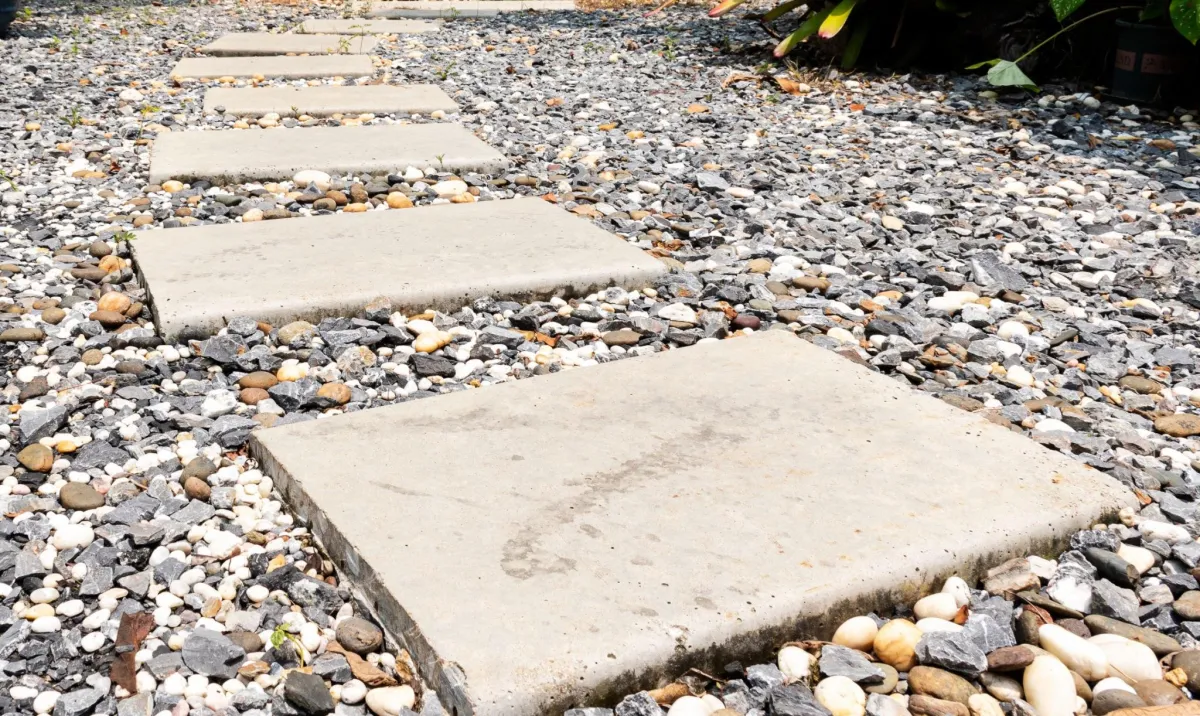
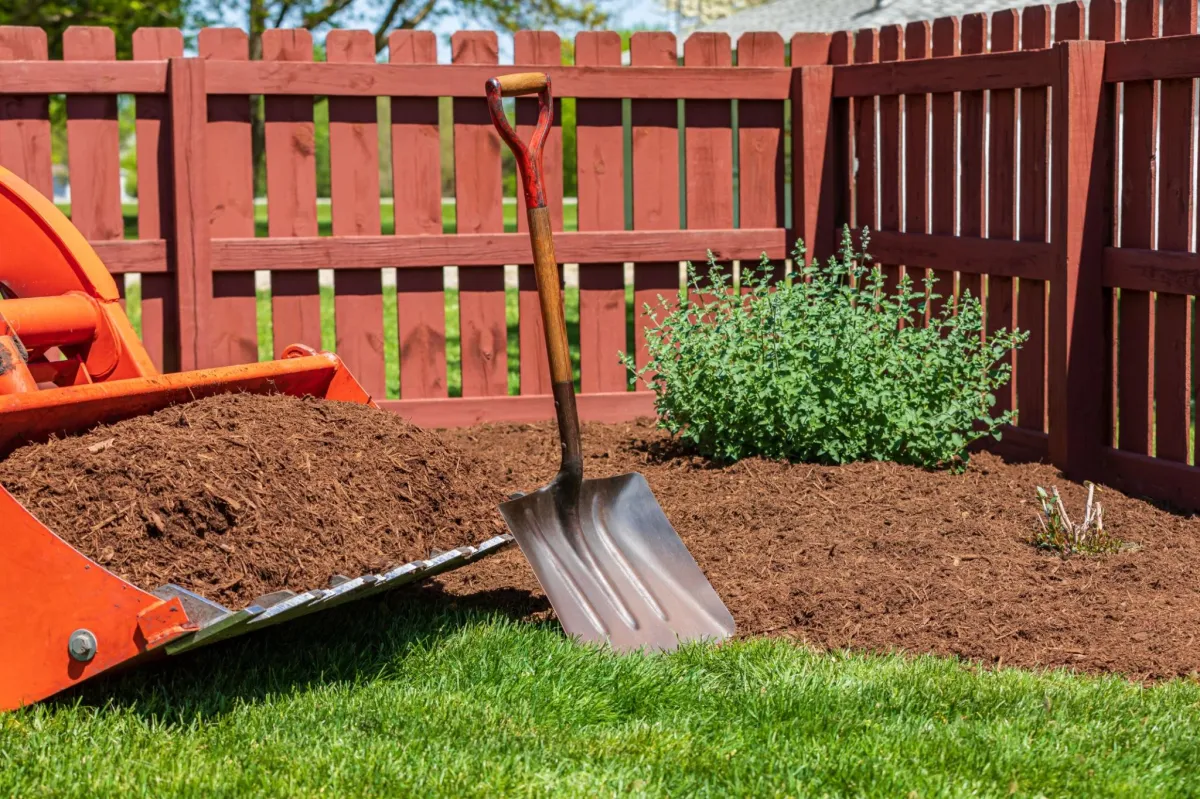
Things to Know About Lawn Aeration
Is there a reason not to Aerate?
A lawn that is not exposed to soil compacting events will likely grow well and may not need aerification. Winter freezing and thawing cycles and earthworm activity can help loosen slightly compacted soils. If the lawn has a thatch layer in excess of 1/2 inch, then core cultivation can be used as a preventative approach to control excess thatch build up. Newly seeded or sodded lawns should not be aerated in the first year.
How to prepare for Aeration
In the weeks leading up to your aeration and seeding, you will want your lawn cut at the lowest setting each time. Make sure you get all the dead thatch up and out of your lawn. The less thatch you have, the higher efficiency of seed germination.
Mowing and raking will help pick up any dead thatch that has accumulated and hopefully clear out any dead spots. Doing this prevents extra thatch from being left over on your grass.
Remember: Excess thatch will prohibit seeds from germinating effectively.
PLEASE take the time to walk through your lawn and mark buried objects so that our tech can see them. Aeration machines are powerful and have the potential to damage objects that are underground. Here are a few examples of objects you should mark–
Sprinkler heads
Irrigation system lines
Invisible dog fences
Hoses
Cables
Wires
Pipes
Any underground or hard-to-see item
less than 6 inches below the surface of your lawn
can potentially be damaged if our aerator machine runs over them.
You will want to keep your soil moist before your scheduled aeration and seeding appointment, so the aeration machines will be able to pull cores out of the soil more efficiently and effectively.If the soil is too hard, the aerators will not pull cores correctly and, in some cases, can bounce across the lawn without pulling any core plugs. However, be careful not to overwater because a soggy lawn will also cause problems, and the aerators can sink. Ensure your sprinkler system is working and set your timer to 3 times a day for approximately 10 minutes per zone. This type of watering is only for seed germination. The goal is to keep the seed moist. Change your watering schedule after seed germination - approx 2 to 3 Weeks.
What to do after Aeration
After the aeration is complete, let soil plugs or extra soil dry where they fall. They'll break down in rain or crumble the next time the lawn is mowed, adding beneficial soil and organic matter to your lawn surface. Right after aeration is a perfect time to overseed with premium seed and, fertilize your lawn or do simple lawn repairs.
Seeds and nutrients have direct contact with soil through the openings your aerator created and roots have fresh pathways for the things they need. The combination can help put your lawn on the fast track for quick seed establishment and thicker, lusher growth.
Contact Us
1 330-590-5634
4526 Mark Trail
Copley, OH
Service Hours
Mon-Fri 8am- 5pm
Sat-Sun Closed except for appointments
Google Business

2025 | Jesse's Landscaping | Rights Reserved

